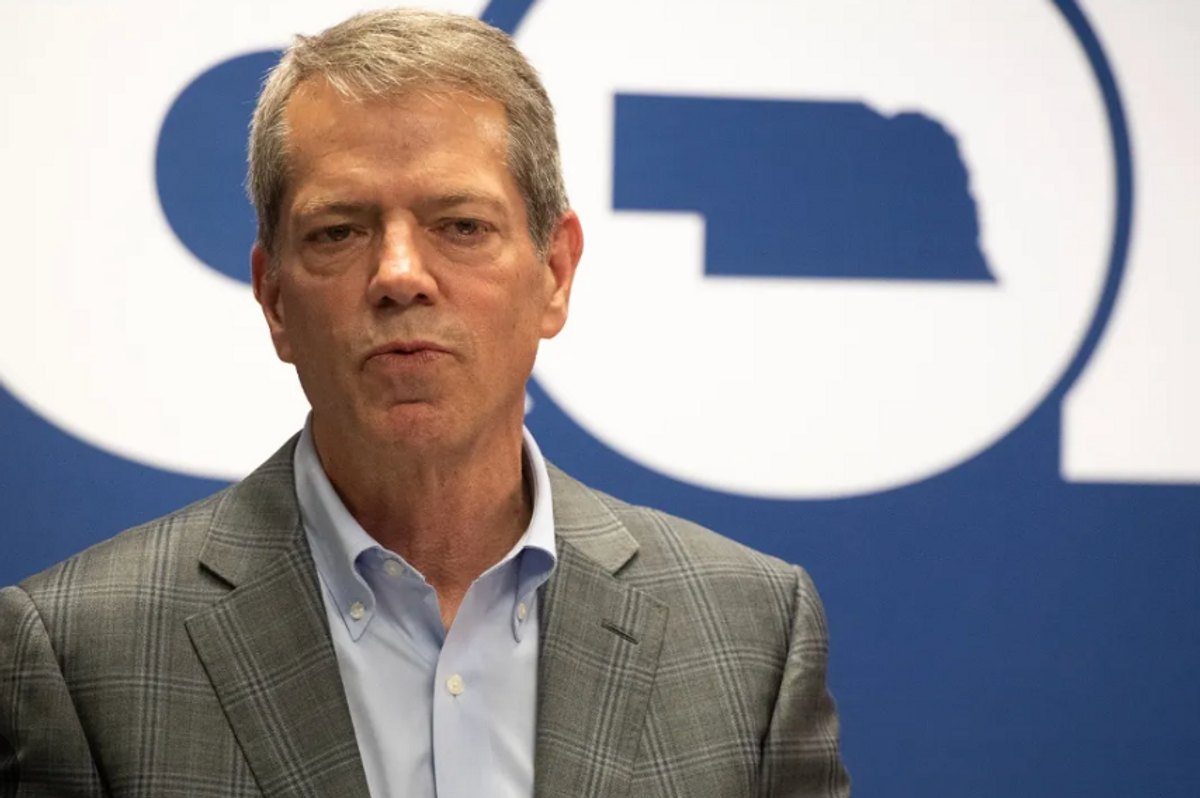Sweeping New California Groundwater Pumping Rules Signed Into Law

By Jessica Calefati, San Jose Mercury News
SACRAMENTO, Calif. — For centuries, California’s groundwater has been freely available to anyone who could siphon the coveted natural resource from the earth. But that changed Tuesday with the stroke of a pen.
Seeking to replenish a depleted water table and catch up with the rest of the West, Gov. Jerry Brown signed a package of bills sought by environmentalists that will regulate groundwater pumping for the first time in state history.
Three years into a devastating drought, thirsty Californians are draining about 800 billion gallons of water annually from precious Central Valley aquifers beneath the nation’s most productive farmland. As the water table drops, so does the land. Some parts of the valley are subsiding almost a foot each year, damaging bridges and vital canals.
The new laws will require local government officials to bring groundwater basins up to sustainable levels and ensure that only as much water as is taken out is naturally replenished. Farmers will likely eventually be forced to meter the water they pump. Some may be told to stop pumping entirely.
Brown and Democratic legislative leaders who worked together on the package said the changes are long overdue and will ease the pain of future droughts. But for Central Valley lawmakers and the farmers they represent, the assurances ring hollow. Many call the new rules “draconian” and envision an army of faceless bureaucrats controlling their lives.
“We’re concerned that these hastily written measures may come to be seen as ‘historic’ for all the wrong reasons,” said Paul Wenger, a Modesto almond and walnut farmer who is president of the California Farm Bureau. “I anticipate we’re going to see a significant downsizing of California agriculture.”
To be sure, the regulations will take years to implement. Water agencies in the most over-pumped basins won’t be required to submit plans to the state by January 2020; the plans must be aimed at achieving sustainability by 2040.
So experts say it could be decades before the most depleted groundwater basins are replenished.
Local water officials will have broad discretion in deciding how to refill underground aquifers that have been pumped dry, but a likely first step will involve determining how many acre feet of water can be safely extracted from basins every year, said Leon Szeptycki, executive director of Stanford University’s Water in the West program.
“Managers of every groundwater basin will have to crunch the numbers and figure out the most sustainable way to manage water in that locality, but we could see some areas requiring long-term cutbacks,” Szeptycki said.
If local water agencies fail to comply with the new rules, state water officials will have the power to do whatever is necessary to enforce the legislation.
Across the state, there are 515 basins and sub-basins, 56 of which are considered “high priority,” meaning they must be studied and replenished first under the legislation, which was sponsored by Sen. Fran Pavley (D-Agoura Hills) and Assemblyman Roger Dickinson (D-Sacramento). Most of those aquifers are located in the Sacramento, Salinas and San Joaquin valleys — centers of California’s farming industry.
“The cost of doing nothing is the biggest economic gamble,” Pavley said. “Thousands of homes and small farms cannot keep pace with the race to drill deeper and deeper wells.”
Before Tuesday, California held the unusual distinction of being the only Western state without groundwater rules on the books. When lawmakers enacted the state’s first water law in 1914, they decided to address only surface water, and over the last hundred years farmers have fought off every attempt at change, said Andrew Fahlund, deputy director of the California Water Foundation.
Fahlund sympathizes with the farmers who will eventually be forced to cut back their groundwater pumping, but he said California would be in distress a decade or two from now without the new regulations. And as climate change takes hold, he added, hampering the state’s ability to capture stormwater and groundwater will become even more vital.
“We’ve been using groundwater like a blank check, and now we must balance that checkbook,” Fahlund said. “If we hadn’t passed this legislation, we would have our land continue to sink — and we would have run out. The costs are pretty enormous.”
For farmers like Wenger, the groundwater pumping rules are a symptom of a bigger problem — the state’s lack of support for an agriculture industry that feeds the nation. Even though California is poised to build its first new dams and other surface-storage projects in three decades, the state could have built even more and invested in the efficiency of the surface storage we have now, he said.
“We’ve become more dependent on groundwater, and we know that’s not sustainable, but I want to know when the state is going to provide the water infrastructure for a growing California population and its growing water needs,” Wenger said. “If not, the state will no longer be the agricultural center it is today.”
Photo via WikiCommons
Interested in national news? Sign up for our daily email newsletter!


